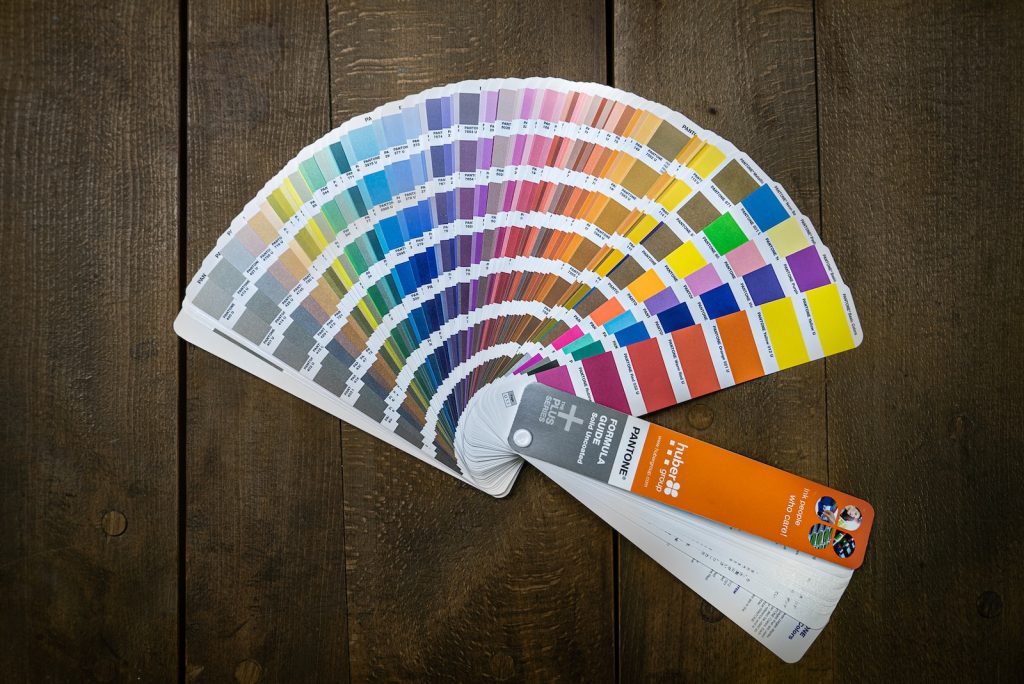When it comes to digital printing, the world of color is a fascinating realm. You might have heard the term CMYK thrown around, but what does it mean, and does digital printing really rely on it? Join us on a colorful journey as we unveil the secrets of CMYK in the world of digital printing. Does digital printing use CMYK?
Deciphering CMYK:
CMYK stands for Cyan, Magenta, Yellow, and Key (Black). It’s a subtractive color model used in color printing. The concept behind CMYK is relatively simple – these four ink colors are combined in varying percentages to produce a wide spectrum of colors.
- Cyan (C): This blueish color subtracts red from white light, producing a greenish hue when combined with the other colors.
- Magenta (M): Magenta subtracts green from white light, resulting in a reddish tone when mixed with the other colors.
- Yellow (Y): Yellow subtracts blue from white light and creates a yellowish tint when blended with other colors.
- Key (Black) (K): The key color, often represented by black, is used to improve the depth and contrast of the image.
The Role of CMYK in Digital Printing:
Now, let’s connect the dots between CMYK and digital printing:
- Printing Process: Digital printers use a combination of these four ink colors to produce a vast spectrum of hues. The printer precisely controls the amount of each ink applied to the paper to recreate the desired colors.
- Color Matching: The CMYK model allows digital printers to replicate colors with remarkable accuracy. From vibrant reds to deep blues and every shade in between, CMYK is the cornerstone of color matching in digital printing.
- Full-Color Spectrum: By blending varying percentages of these four ink colors, digital printers can produce an extensive range of colors and achieve lifelike, full-color prints.
When to Use CMYK:
CMYK is the go-to color model for most digital printing projects, especially when it comes to items like brochures, flyers, posters, and more. It’s also the standard for printing photographs, magazines, and any materials that require rich, full-color imagery.
Beyond CMYK: Special Printing Techniques:
While CMYK is the workhorse of digital printing, there are special techniques that can enhance your prints further:
- Spot Colors: Sometimes, specific colors in a design must be precise, like corporate logos. In such cases, spot colors, which are premixed ink colors, may be used alongside or instead of CMYK.
- Pantone Matching System (PMS): PMS is a standardized color system that helps ensure consistent color reproduction, commonly used in branding and high-precision printing.
In conclusion, CMYK is the foundation of color in digital printing. It’s a versatile and reliable system for producing stunning, full-color prints that accurately represent your design. Understanding how CMYK works can help you make informed decisions when it comes to creating eye-catching, colorful printed materials.


